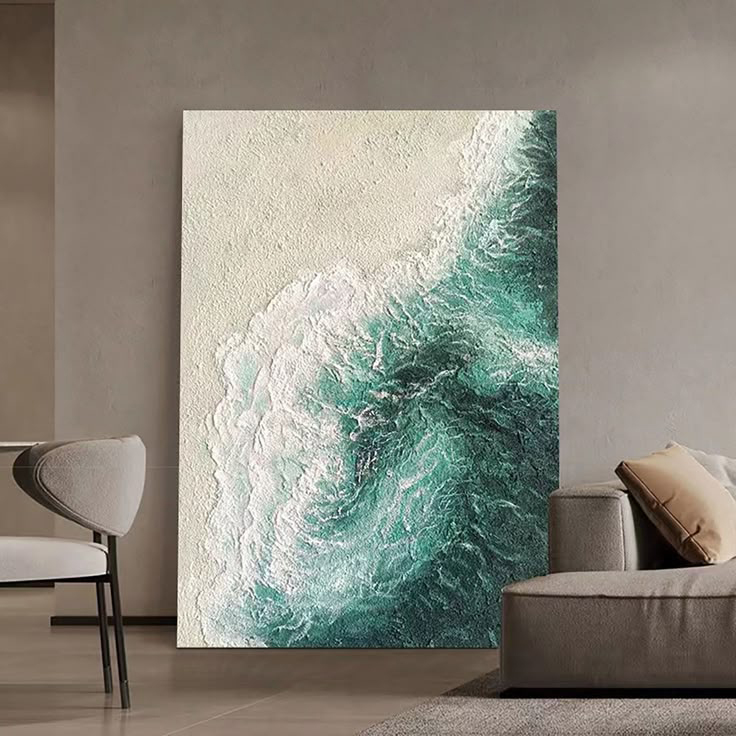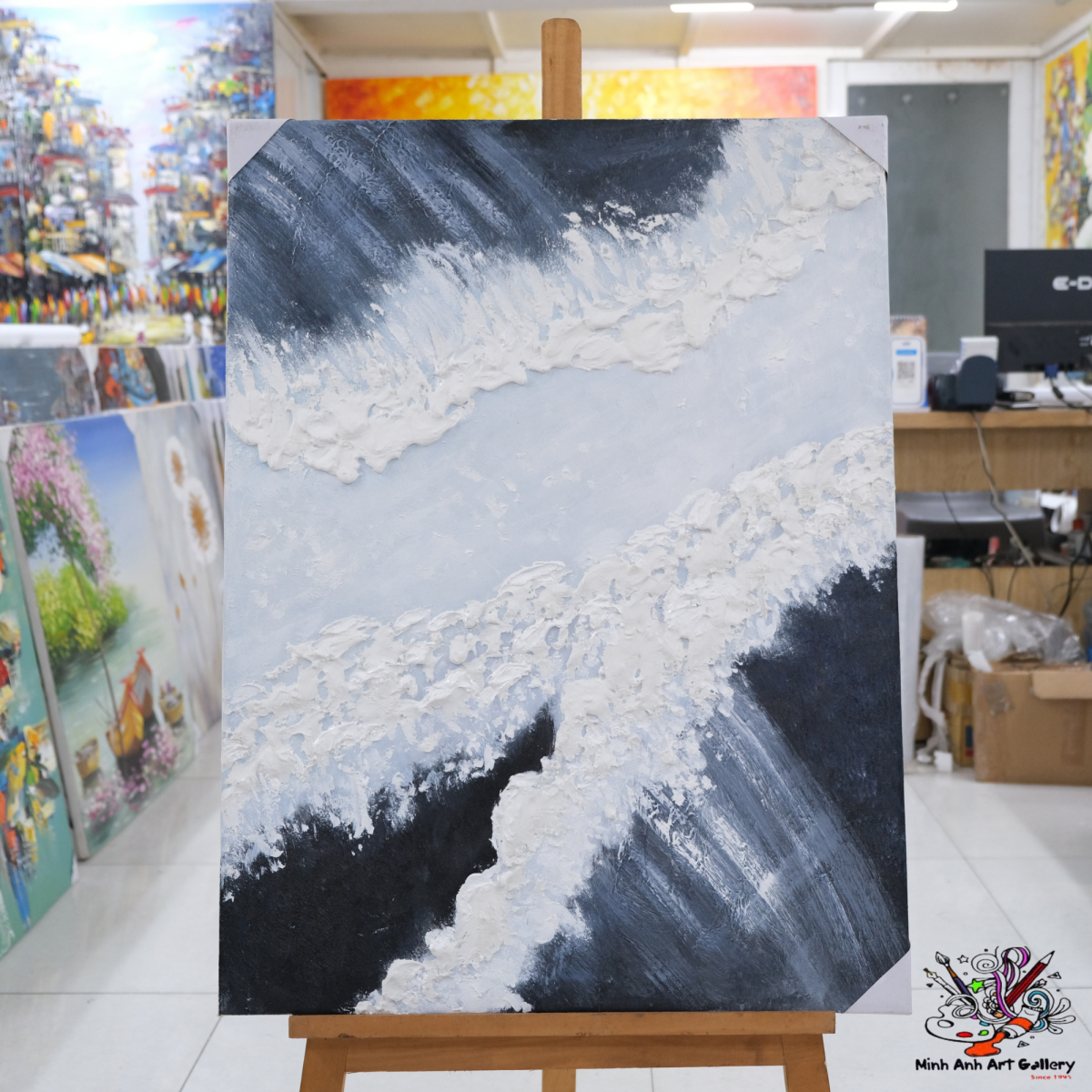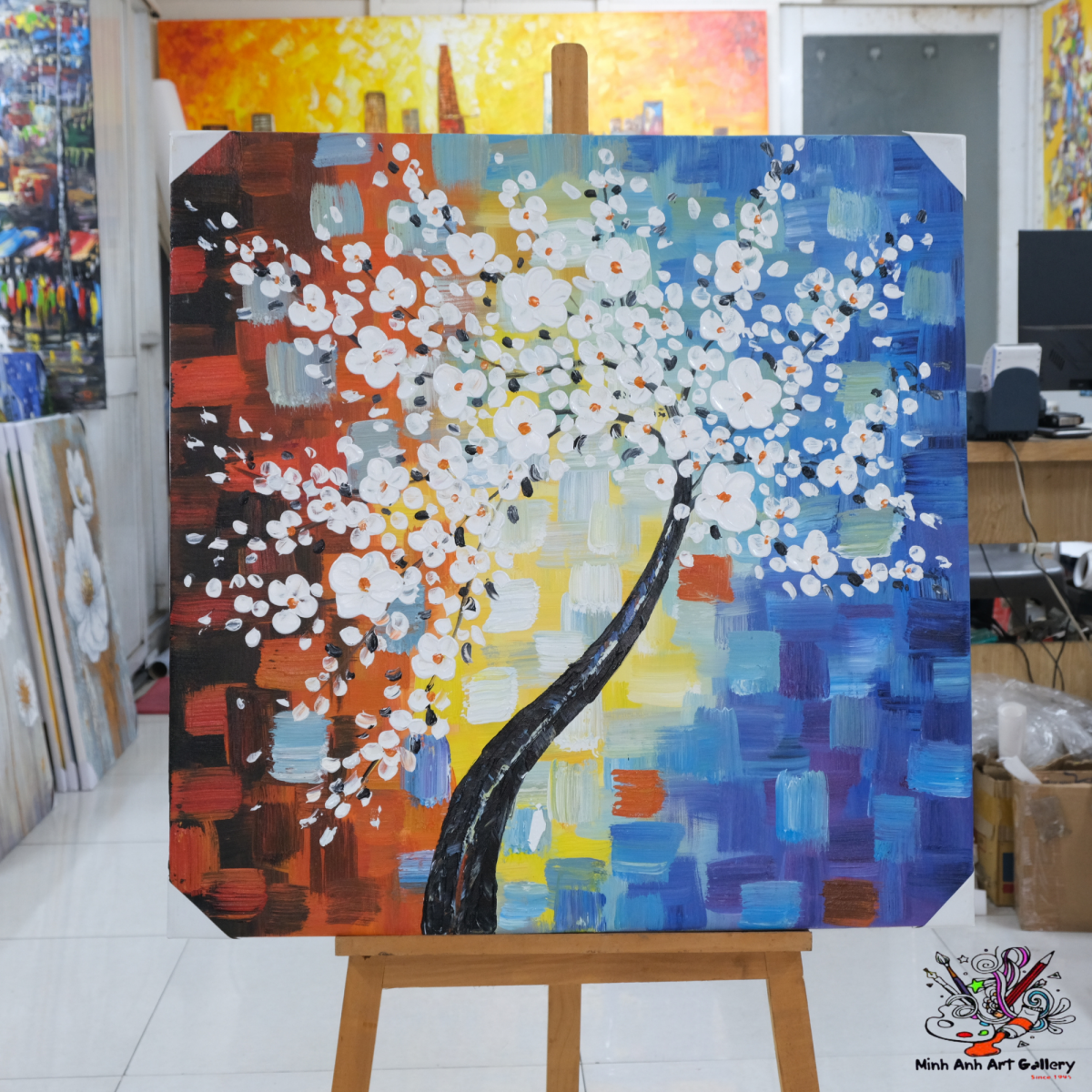Have you ever walked into an art collection gallery and felt like the pieces were speaking to you? That’s the magic of curation. It’s not just about hanging art on walls—it’s about creating meaning, movement, and emotion. Let’s dive into why curated art collections are more important now than ever before.

Curation is the invisible hand that guides your eyes and emotions through a collection. It's the process of selecting, organizing, and presenting artworks in a way that tells a story or sparks conversation.
Once behind-the-scenes librarians of the art world, curators are now storytellers, educators, and sometimes even influencers. They connect audiences to the soul of the art collection gallery by carefully shaping what’s on display and how it's experienced.
Think of a modern art collection as a playlist—without a thoughtful sequence, it’s just noise. Curation transforms that noise into music, offering a seamless journey through aesthetics and ideas.
Each piece of art is a chapter. Curation weaves these chapters into a cohesive narrative. Whether it's love, rebellion, or nostalgia, the curator ensures that visitors feel something genuine.
Every gallery has a vibe. Some are avant-garde; others are traditional. Curation is how that identity comes to life. It dictates the tone, the themes, and the emotional imprint the gallery leaves on its guests.
Great curation isn’t random—it’s strategic. Even when showcasing multiple artists, a well-curated collection speaks in harmony, creating a bigger picture from many perspectives.

Behind every stunning exhibit is a thousand "no’s" for every "yes." Curators consider historical value, artistic quality, and thematic relevance to build curated art collections that resonate.
Curation also means knowing how to protect the art. Lighting, temperature, framing—every detail matters in preserving a fine art collection for the long run.
Thanks to tech, galleries can now reach global audiences. A curated art collection online allows people from all over the world to explore, appreciate, and even buy art from their couches.
From The Louvre to smaller boutique spaces, many famous art collections are now online. Virtual curation requires as much attention to flow and engagement as physical exhibits do.
Visitors don’t just want to look—they want to feel. Smart curation turns exhibitions into emotional adventures, drawing visitors into the world behind each brushstroke.
A well-curated exhibit can be more powerful than a lecture. Through placards, multimedia, and layout, art gallery exhibitions offer layers of context that elevate understanding.
Private art galleries often have more freedom to experiment. They can take risks, highlight emerging voices, and present controversial topics with boldness.
Unlike public galleries that may face bureaucratic constraints, private spaces can be both playgrounds and laboratories for curators—testing new ideas with agility.
In a contemporary art gallery, curators face the thrilling challenge of balancing innovation with tradition. Curation helps maintain that delicate dance.
Modern curation also means reflecting the world as it is. From gender representation to cultural inclusion, curators now strive to make art collection galleries more inclusive than ever.
Ever been on a guided art gallery collection tour that gave you goosebumps? That’s no accident. Curators map out tours to enhance storytelling and interaction.
Augmented reality, QR codes, digital maps—all these tools help bring curation into the 21st century, making art gallery exhibitions more engaging and educational.
A fine art collection isn't just for today—it’s for tomorrow too. Curation involves archiving every piece, creating a legacy for collectors and institutions alike.
Art is memory in physical form. Curators act as cultural stewards, ensuring that today’s visionaries are remembered by tomorrow’s dreamers.

At its core, curation is more than just organization—it’s orchestration. It turns scattered pieces into symphonies of sight and meaning. In the world of art collection galleries, it’s the heartbeat that gives art its voice. Whether through immersive exhibitions, digital showcases, or intimate private art galleries, curation continues to evolve, shaping how we see, feel, and connect with art. If art is the message, curation is the messenger.
1. Why is curation important in an art gallery?
Curation gives structure and meaning to a collection, guiding visitors through an intentional experience.
2. What does a curator do in a gallery setting?
They select artworks, plan exhibitions, tell stories, preserve art, and create educational experiences.
3. How has digital curation changed art galleries?
It has made art collection online more accessible, bringing curated art collections to global audiences.
4. Are private art galleries better curated than public ones?
Not necessarily—they’re just more flexible. Private art galleries can take creative risks that public spaces may avoid.
5. What makes a good art gallery tour?
A strong narrative, thoughtful layout, and engaging presentation—all rooted in smart curation.
Message:
Minh Anh Art Gallery - Where stories live in every brushstroke.
Gallery: 101 Bui Vien St, District 1, Ho Chi Minh City, Viet Nam
Workshop: 412 Tung Thien Vuong St, District 8, Ho Chi Minh City, Viet Nam
Phone: (+84) 962 720 484
Email: minhanhart.vn@gmail.com
Website: https://minhanhart.vn/